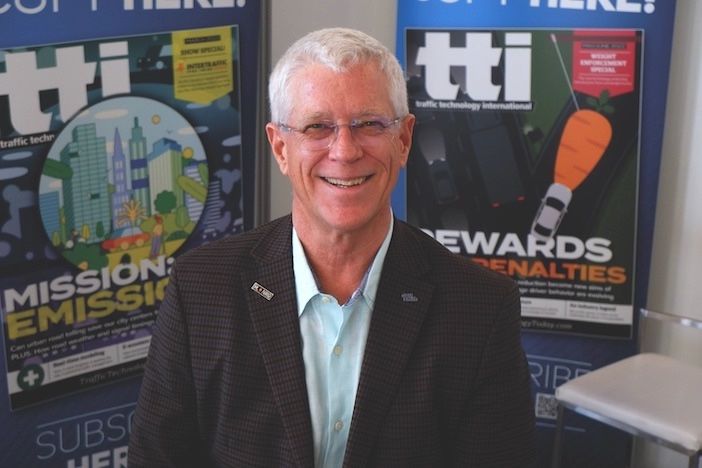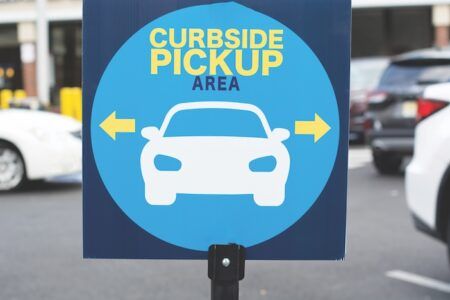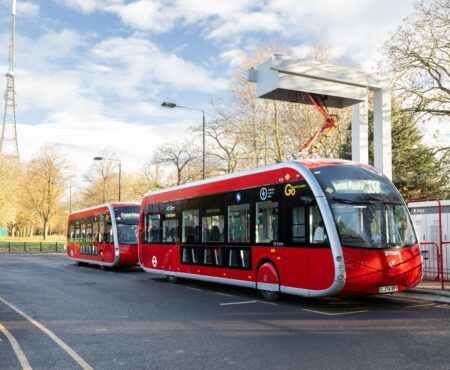While the US is leading the world with road user charging (RUC) pilots, which aim to supplement dwindling gas tax revenues with a distance-based fee, in Europe the idea is only just starting to gain traction. But change could now come more rapidly, as Tom Stone discovers when he meets a new group of tolling consultants known as SPRUCE
In the corridors of power European leaders are secretly nervous about the impending funding crisis being brought about by dwindling fuel tax revenues caused by the exponential growth in the use of electric vehicles. But implementing distance-based RUC (road user charging) for private vehicles is seen as political dynamite. Therefore, few attempts have been made to promote such an idea to the public and the only live schemes are limited to commercial road freight – also known as heavy goods vehicles (HGVs).
But as the ‘cliff edge’ approaches, so the necessity for RUC schemes is coming into focus. In the Netherlands KPMG is working with government to extend RUC for trucks to light vehicles by 2030. Meanwhile in January 2023 Transport Infrastructure Ireland (TII) began Project BRUCE (Better Road User Charging Evaluation) to seriously assess the options for the future.
As a self-proclaimed ‘RUC evangelist’ Steve Morello has advised on many US pilots. He is now bringing his expertise to Europe and has formed a coalition of consultants known as SPRUCE – Specialists Providing Road User Charging Expertise.

“Ireland and France have concessions that are ending soon. And the question is, what do we do?”
Steve Morello, RUC consultant and founder of SPRUCE
“We are independents who think the time is right to really let people know that change is coming in terms of the need to do something about the demise of the gas tax,” says Morello.
“We exchange notes on a regular basis,” says SPRUCE member Norbert Schindler, MD of GNSS Consulting. “We inform each other about what we see on the market, what the latest trends or standards are.”
“RUC is not easy,” says Ansgar Kauf, a third SPRUCE member who has experience in both the private and public sectors. “It works for trucks, but many of the private road concessionaires are worried that RUC for cars will be a new tax. So, they are afraid they will lose some of their concessions and the strong position they have now.”
Morello agrees that the dominance of traditional toll operators in some European countries is a barrier to RUC, but also believes the coming years hold opportunities. “Remember, we’re on the cusp of Ireland and France having concessions that are ending,” he says. “And the question is, what do we do? That was part of the scope of work for TII – to help them figure out the solution to that.”
Implementation challenges
The deployment of RUC in Europe is likely to follow a different technology route from US pilots. Morello points out that the onboard units, which plugged into OBU2 ports in cars, are now becoming obsolete, with some new cars not even having these ports built in. This is where smartphones and GNSS comes in.
“My goal is to create more awareness about the opportunities that newer technologies are bringing us, and my focus is GNSS,” says Schindler. “Very few decision makers understand what can be done with GNSS. You can use GNSS in an urban environment, and it is a low-cost solution, using smartphones.”
“The Czech Republic and Poland have thrown away the DSRC equipment and completely replaced it with a GNSS solution”
Norbert Schindler, founder, GNSS Consulting and SPRUCE member
The trend to GNSS is clearly taking hold. With distance-based truck tolling active in several European countries, some jurisdictions are now making the transition to completely satellite-based systems. “The Czech Republic and Poland have thrown away the DSRC equipment and completely replaced it with a GNSS solution,” says Schindler, who also observes a further trend is away from traditional toll operators to toll service providers. “You have all these companies coming out of the woodwork that are offering toll service provisions. Like the fuel card providers and fleet management companies and so on. There’s a whole new sector that’s growing into the tolling sector.”

One big difference that the SPRUCE consultants are seeing Europe, as opposed to the US, is that currently it is the private sector that is leading the way. “In the United States every single one of the clients I’ve been working with is public sector,” says Morello. “In Europe, we’re basically trying to help the private sector influence the public sector because the public sector has got their head stuck in the sand.”
Ultimately, many of the technical challenges of RUC have already been solved, but the tougher problems are political. Kauf believes public acceptance may be easier to gain if there is a stronger link between the charge and spending on roads, as in the US.
“Should there be a link to the highway? Or should there just be a toll system, which is a new opportunity for the finance ministers to have a new tax?” he says. “We are at very important crossroads and I think it’s good to be transparent. In Switzerland, 45% of fuel tax income is dedicated to roads and 55% goes into the general budget. But I would say it’s good to have a certain link, because governments have political agendas and that doesn’t always create the most farsighted, justified and rational approaches or policies.”
This article first appeared in the December 2023 edition of TTi magazine.





